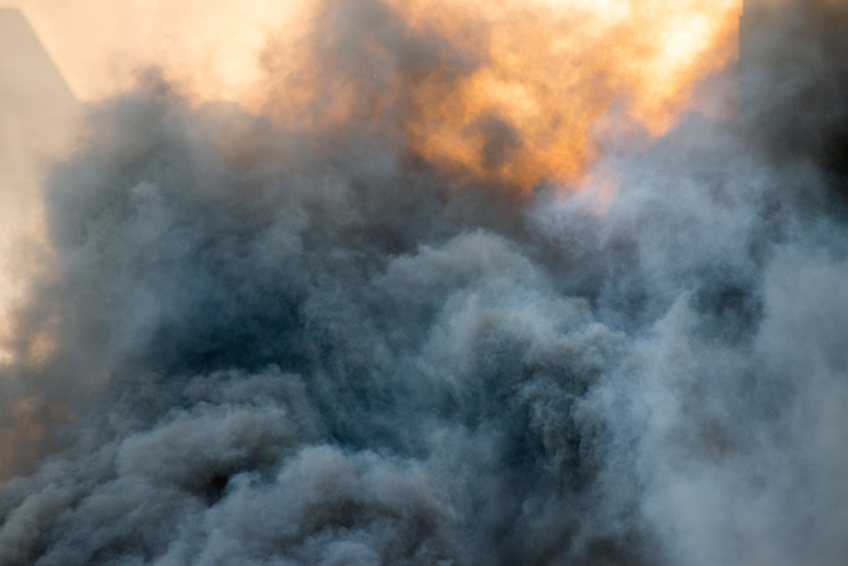In 1985 gas and rock spewed out of the top of the Nevado del Ruiz volcano as it erupted in Columbia. The molten lava flew down the mountain, killing 23,000 people in the surrounding villages. What’s even more tragic is this disaster could have largely been avoided. Formed in reaction to the eruption, a small Volcano Disaster Assistance team has been working constantly and tirelessly to ensure that a lethal disaster like it does not happen again.
John Pallister, Chief of the Volcano Disaster Assistance Program (VDAP) in partnership with U.S. Geological Survey and U.S. Agency for International Development, sat down with Christopher Dorobek on the DorobekINSIDER to discuss this explosive work.
Pallister is also a finalist in the National Security and International Affairs category for the Partnership for Public Service’s Service to America Medals, or the SAMMIES – the Oscars for federal employees. He got hooked on volcanoes back in his college years and has been studying and learning about the earth ever since.
This passion has led him to the VDAP where he has been the director for ten years. Pallister explained his work at VDAP, “we provide assistance to international partners and help maintain those networks and develop new technologies so if there is a big crisis we can send a response team,” Pallister said. VDAP has helped build volcano hazards programs around the world, particularly in the ring of fire in Latin America and the Western Pacific.
While the emergency response capabilities VDAP has built are essentially unparalleled, they also focus their efforts on forecasting attacks. “Putting together a group of experts allows us to walk through the probability of when an eruption will happen, if an eruption will happen, how big it will be, and then what the impact will be,” Pallister explained. Forecasting has been crucial in saving thousands of lives and has added an element of predictability to a conventionally unpredictable phenomenon.
However, you may be wondering why the federal government is involved in forecasting volcanic eruptions and responding to international volcanic disasters? Pallister offered two perspectives to give VDAP’s importance context. He explained that he works domestically to ensure that volcanoes in the U.S. are being tracked and if one is about to erupt, those living in the surrounding area can be evacuated.
From an international perspective, “its both science and diplomacy,” Pallister explained. Working with other countries to ensure their populations are safe from volcanic eruptions is helpful in maintaining diplomatic relations across the world. Overall, both domestically and internationally, the work Pallister and VDAP do is largely an economic and humanitarian effort to ensure the world is as safe as it can be.
Pallister also reminded us about the importance of VDAP’s work as he explained, “it truly is a federal sector activity that the private sector can’t facilitate because when we work internationally, we are working government to government and the private sector wouldn’t be able to exhibit this kind of diplomacy.”
And at the end of the day doing this kind of public service is a team effort. Pallister emphasized that, “these accomplishments are really not mine, it’s our teams and our international partners who really make it all possible.”
Hooked on the cool stories of your government’s undercover heroes? Check out the other SAMMIE finalists and be sure to thank the government workers in your life for all the hard work they do.
